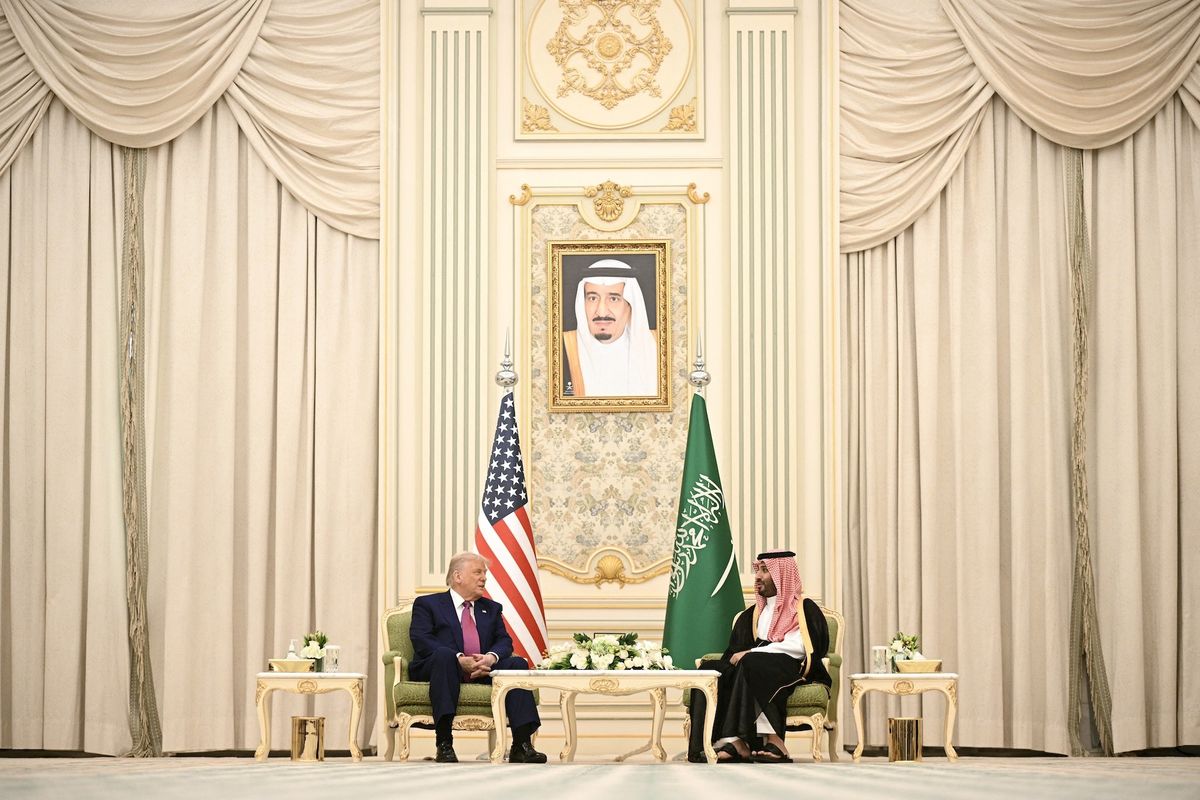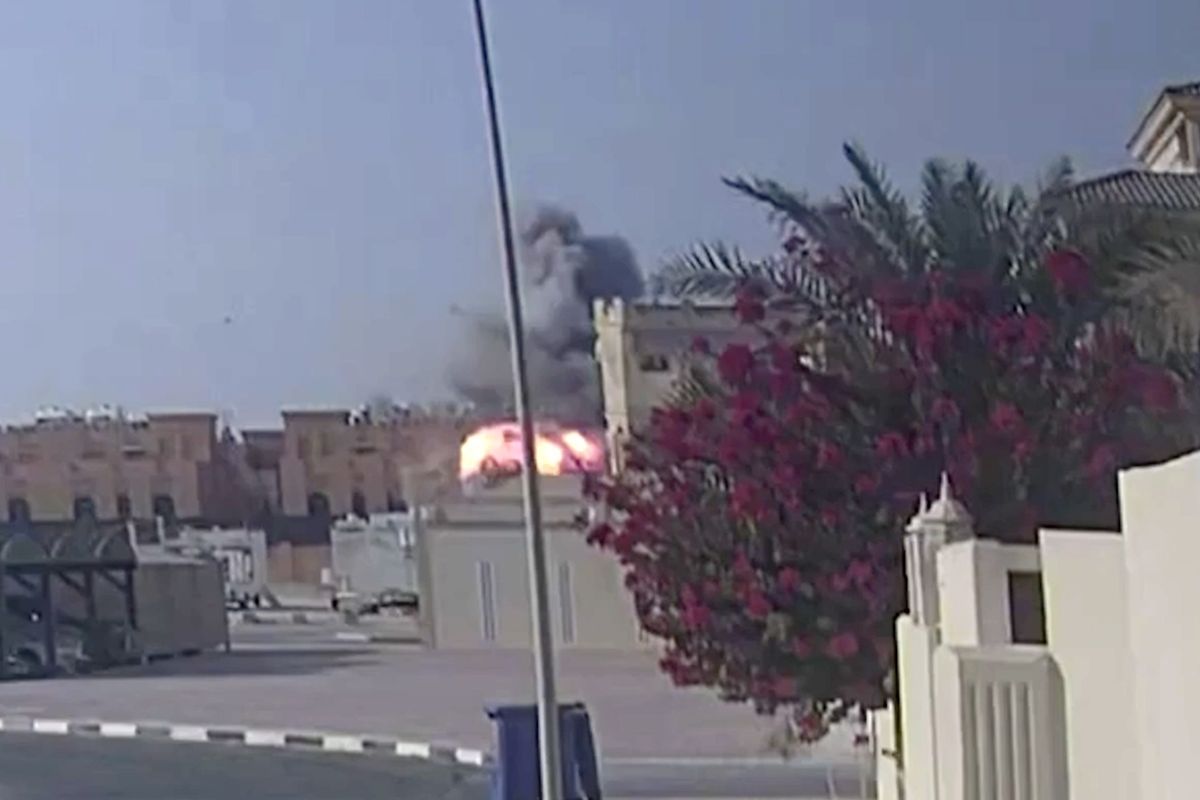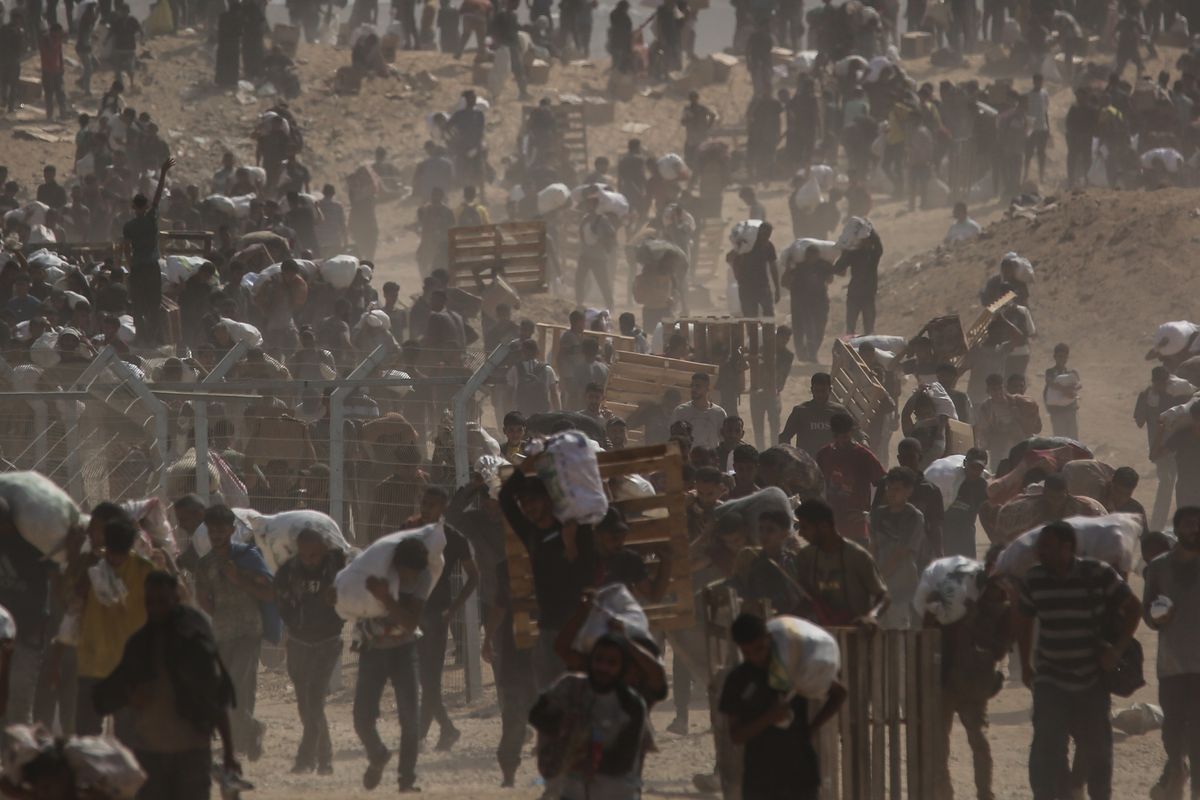In the perennial effort to deduce the likely evolution of the tumultuous relationship between the United States and Iran, all eyes today seem to be trained on Washington. This is understandable; after all, the election of Donald Trump appears to be generating a marked shift away from the Obama Administration’s eight years of seeking to engage with the Islamic Republic, in favor of a more confrontational approach.
However, a more important – and perhaps less predictable – change is underway within Iran, where an extraordinary process of leadership transition is beginning to assume a more public and impending phase. As the generation of revolutionary Iran’s founding fathers passes from the scene, its leaders are seeking to reinforce their control over their legacy even as a competition for primacy among their heirs and rivals has already begun. This shadowboxing among regime elites will shape the future of Iran, and the prospects for escalation or resolution in its four-decade estrangement with Washington.
Since Iran’s 1979 revolution, which produced a hybrid governing system that incorporates theocratic and representative institutions, observers of Iran have often been tempted to characterize Iranian politics along a binary ideological framework: left vs. right; reformist vs. conservative. The reality has always been more fluid and complex—a multi-faceted spectrum of political actors, who alternately collaborate and compete with one another based on shifting alignment of interests and values. The one key criteria that defines the political establishment is a shared commitment to the nezam, or system, that has governed Iran’s Islamic Republic since the revolution.
Ayatollah Ali Khamenei remains at the apex of this system as its Supreme Leader, a post he has occupied for the past 28 years since the death of the revolutionary state’s charismatic founder, Ayatollah Ruhollah Khomeini. His elevation to Iran’s ultimate authority coincided with a revision of the position’s requirements and responsibilities. To paraphrase one of the revolution’s most influential ideologues at the establishment of the leadership, the position was tailored like a suit of clothes to Khamenei’s measurements. Out went a prerequisite for theological acclaim—marja’iyat, or source of emulation among clerical peers, a stature that Khamenei has never attained—and in went an expansion of his writ to a broader array of state institution and of the nominal powers of leadership, which were explicitly made absolute.
Over the course of nearly three decades, Khamenei has utilized the mantle of leadership with great effectiveness, steadily cultivating a patronage network within the clerical establishment around his own primacy and deepening the symbiosis between the theocracy and its praetorian guards within the security establishment. Khamenei’s reliance on these pillars to sustain his power is grounded by his personal history—including a terrorist attack during the theocracy’s chaotic early years (one of many that decimated the early revolutionary leadership) that cost him the use of his right arm and his regular visits to the war front while serving in the mostly ceremonial position of the presidency during the 1980-1988 conflict with Iraq.
For Khamenei, these experiences, superimposed on top of a seminary education steeped in Shi’a narratives of persecution and the triumphalism of the revolution itself, frame a deeply suspicious worldview and a determination to protect the Islamic Republic from the manifest threats, both internal and external. As a result, his leadership has been marked by robustly authoritarian impulses and an invariable alignment with the system’s hardliners against rivals who sought greater political openness or social liberalization. However, Khamenei’s focus on safeguarding the system also empowered some capacity for pragmatic compromise—what he described as “heroic flexibility” in explaining his support for negotiations over the nuclear crisis.
Khamenei is now 77 years old, and despite his old injury and a more recent bout with prostate cancer, he has outlasted many of his peers, including his comrade of six decades, former president Ali Akbar Hashemi Rafsanjani. Rafsanjani, who died in January, played a central role in securing Khamenei’s 1989 ascension, and together they navigated the theocracy through the uncertain terrain that presented itself in the wake of Khomeini’s death. It was a productive if uneasy partnership; Rafsanjani’s innate expedience and his internationalist orientation gradually collided with Khamenei’s paranoid absolutism.
The final, fatal breach to their balancing act in governing Iran came in 2009, in the response to the mass protests that erupted after the contested reelection of then-president Mahmoud Ahmadinejad. At the time, Khamenei prevailed with an iron-fist response, but the next round, four years later, suggested a subtle reorientation. The 2013 election of Hassan Rouhani, a man firmly in the Rafsanjani mold, represented an explicit acknowledgement of the risks facing Tehran that had multiplied as a result of the domestic unrest and the nuclear crisis. Once again, the preservation of the revolution required a Rafsanjani-style game plan—one that included trade with the world and at least a modicum of genuine popular legitimacy.
Rouhani offered an ideal conduit to advance this agenda. Throughout his career, he has articulated a vision of national security grounded in growth and prosperity as well as an unblemished commitment to the core principles of the theocracy. And his clerical training and longstanding service to the system in a variety of bureaucratic positions offered considerable assurance that he would be a reliable steward of the system in a precarious time. His influence has been boosted by other intangible factors: his parliamentary experience enabled a surprisingly effective campaign style that reinvigorated the Islamic Republic’s public legitimacy, and his enduring ties to the security bureaucracy mitigated the strains within the system.
Now as Rouhani is facing his own reelection bid, having fulfilled his promise to end the nuclear crisis fulfilled but not the buoyant expectations he helped to foster. And despite his own historic outreach to Washington, Rouhani is encountering a new phase of friction with the United States, where newly inaugurated President Donald Trump appears determined to shift toward a more confrontational U.S. approach to Iran. In the annals of Iran’s often unpredictable elections, this one was sure to have been interesting.
Precedent, as well as all the reasons that catapulted him to the presidency four years ago, suggests that Rouhani is well-positioned to win a second term. However, looming over the May ballot is the larger question of succession—due to age and the pace of passing among the revolutionary generation, Khamenei’s longevity is increasingly the subject of open speculation. While the formalities of the process for selecting his replacement are well-known, the dynamics of the influence game that will determine the next Supreme Leader are mostly opaque. The candidates and the competition around the upcoming election will offer some small window on the state of play in the next big battle for the future of Iran.
The scions of Iran’s Islamic system abhor uncertainty; they undoubtedly have made extensive preparations for leadership transition. And the 1989 passing from Khomeini to Khamenei was executed seamlessly, despite the insecurity at home and around the region that was lingering in the aftermath of the ceasefire with Iraq. Still, the internal context has transformed dramatically over the past three decades—the post-revolutionary baby boom has come of age, and they bring a sense of political entitlement as well as greater immersion in the wider world, courtesy of the digital revolution. The balance of power among Iran’s feuding factions has modulated somewhat since the revolution’s first decade, but the rise of a powerful third force —the military and in particular the Islamic Revolutionary Guard Corps—will present additional challenges for a smooth transfer of power. Khamenei’s inevitable demise, and even the anticipation of it, presents a rare opportunity for political mobilization within Iran, and while transformative change seems unlikely, the volatile path of Iranian history advises against certainty.












